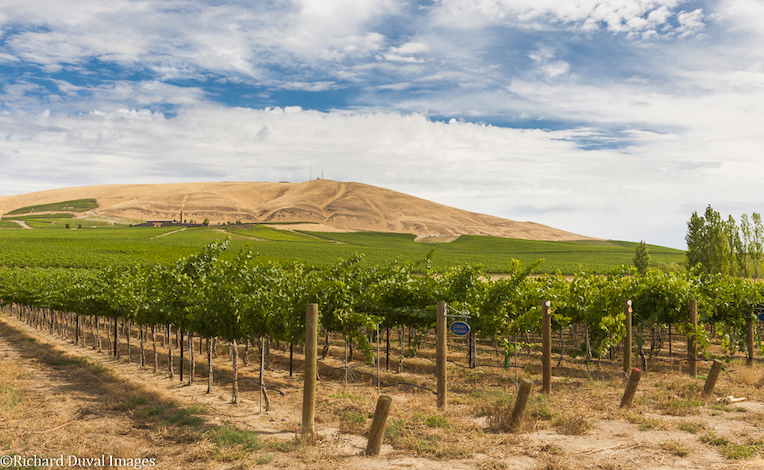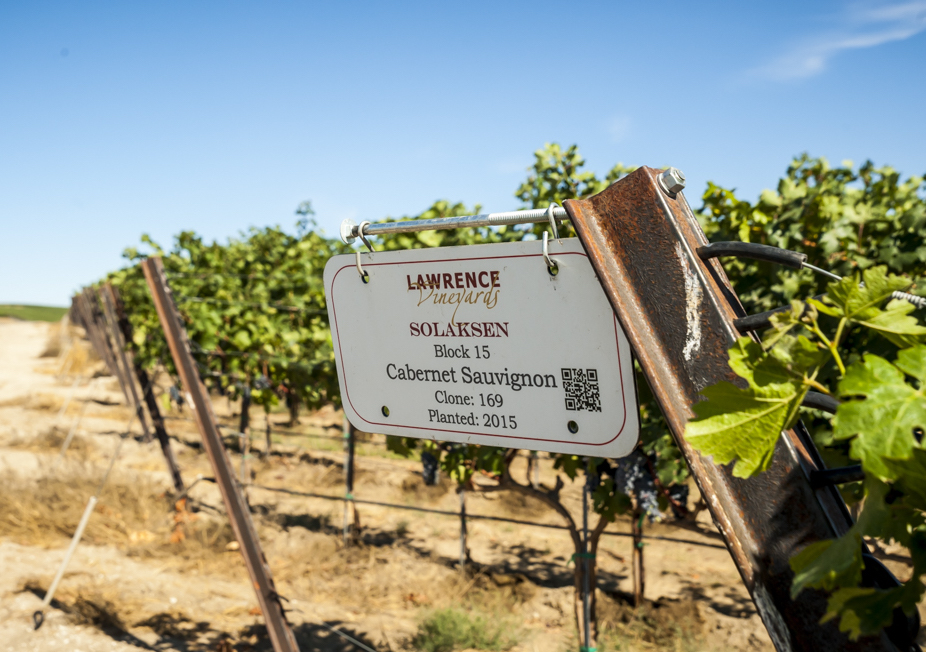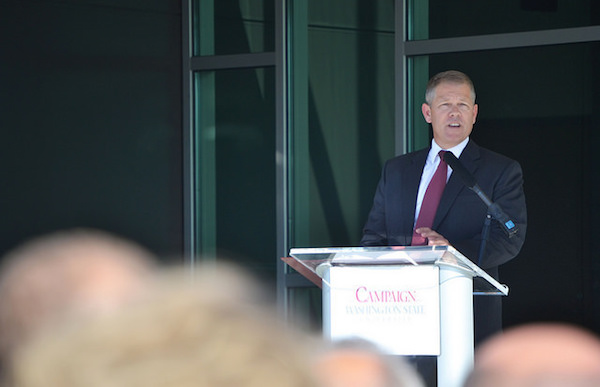
SEATTLE – Winemakers in Washington state crushed more Cabernet Sauvignon in 2018 than ever before, and it accounted for 29 percent of the near-record 261,000 tons of wine grapes harvested.
According to the Grape Production Report released Thursday by the Washington State Wine Commission, winegrowers increased overall production by 14 percent over the 2017 vintage. Last year ranks second only to the 2016 vintage when a record 270,000 tons were crushed across the state.
“Cabernet sauvignon is absolutely skyrocketing,” Steve Warner, President of Washington State Wine Commission, said in a news release issued along with the data. “Its production has more than doubled in just six years.”
Last month, the U.S. Department of Agriculture announced that the California Grape Crush Report for 2018 will not be released until April 10, “providing that funding remains available for Fiscal Year 2019,” according to a statement issued by the California Department of Food and Agriculture
California’s report for the 2017 vintage, published on March 9, 2018, showed Chardonnay is the state’s most harvested grape, accounting for 14.5 percent of the crush, edging out Cabernet Sauvignon at 14.2 percent. Overall, California crushed 4,239,836 tons in 2017.
The University of Oregon’s Vineyard and Winery Report for 2018 is not expected until September, but total production for 2017 was 91,342 tons.
Cab production up 76 percent since 2014

In Washington state, there were 74,400 tons of Cabernet Sauvignon crushed, while Chardonnay, at 41,500 tons, represented 16 percent of the harvest. Riesling at 38,300 tons remains narrowly ahead of Merlot at 37,500 tons as state’s No. 3 grape.
While “King Cab” commands the headlines in the report with its 18 percent growth from the 2017 vintage and whopping 76 percent rise since 2014, there’s also increased work with Syrah. The red Rhône grape ranks No. 5 overall in the state, and its 24,300 tons crushed showed a 16 percent increase from 2017. Since 2014, Syrah has grown by 58 percent
Sauvignon Blanc is tracking to overtake Pinot Gris for third place among white varieties grown in Washington state. There were 10,100 tons of the white Bordeaux grape harvested last year, leaving it only 100 tons behind Pinot Gris. However, Sauvignon Blanc stood at just 6,900 tons in 2014, reflecting an increase of 46 percent in the past four years.
The market for Riesling has softened significantly since 2014 when winemakers crushed more of the noble German white – 50,500 tons – than any other grape in Washington. Then, it made up 22 percent of the state’s overall wine grape industry. Last year, there were 38,300 tons of Riesling, which is down 24 percent from four years ago.
Overall, red varieties make up 59 percent of the grape market in the state, according to the commission, which compiles the report via data from each of the wineries. In 2014, red varieties accounted for 47 percent of the Washington wine industry.
Growers see $7 increase in price per ton

The average price per ton paid to winegrowers was $1,213, an increase of $7 from the 2017 vintage. And for the second consecutive vintage, Petit Verdot came in as most expensive grape at an average of $1,675, edging out Cabernet Franc at $1,618. The average price per ton for Cab stood at $1,505.
“Washington is still in a period of tremendous growth, with more than 970 wineries, 58,000 acres of wine grapes, and no sign of slowing down,” Warner said. “We’re excited to see how the 2018 wines come together. It could be a real blockbuster vintage for Washington.”
The 2018 vintage played out rather nicely for growers and winemakers. Growing conditions during spring and summer were warm, but not historically hot as in 2015. September and October brought moderate temperatures and mild conditions, which created “hang time,” allowing for additional flavor development without big spikes in sugar or excessive loss of food-friendly and age-worthy acidity.
“It cooled down just at the right time,” Warner said. “Our farmers and winemakers are thrilled with the quality of the 2018 fruit.”

Leave a Reply